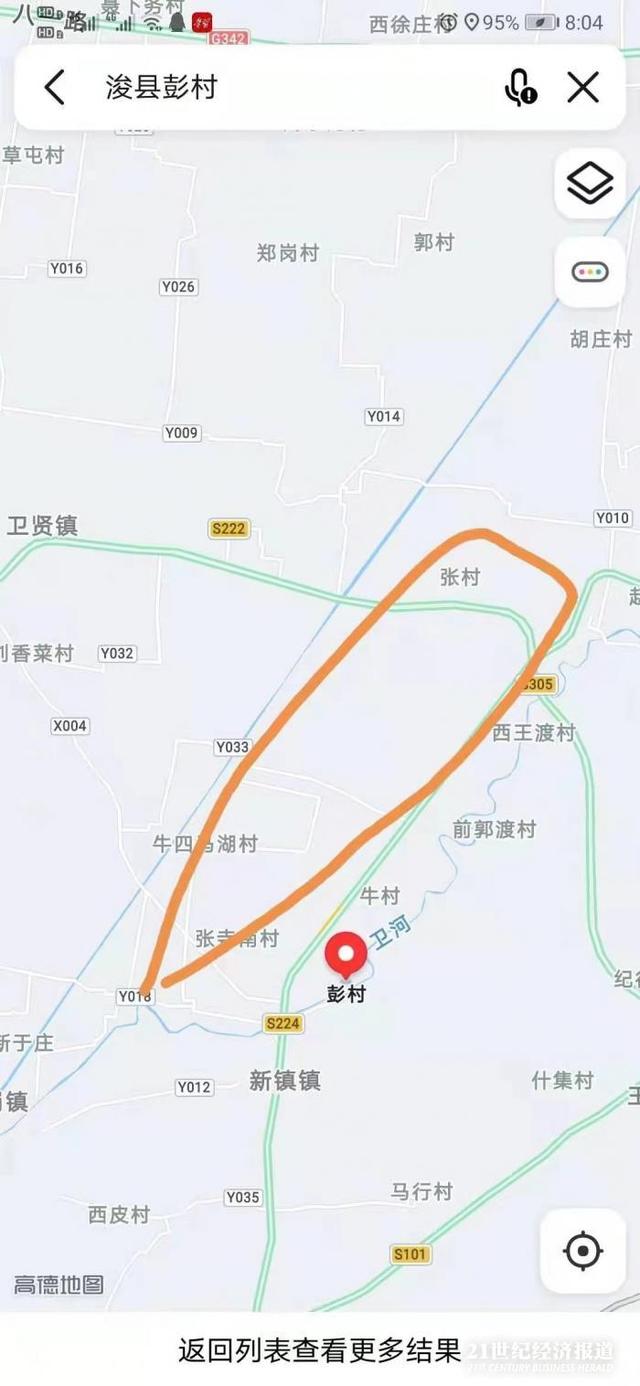- йЎөйқўе’Ңе…¶жү“ејҖзҡ„ж–°зӘ—еҸЈзҡ„ж•°жҚ®дј йҖ’
- еӨҡзӘ—еҸЈд№Ӣй—ҙж¶ҲжҒҜдј йҖ’
- йЎөйқўдёҺеөҢеҘ—зҡ„iframeж¶ҲжҒҜдј йҖ’
- дёҠйқўдёүдёӘеңәжҷҜзҡ„и·Ёеҹҹж•°жҚ®дј йҖ’
otherWindow.postMessage(message, targetOrigin, [transfer]);
- message: е°ҶиҰҒеҸ‘йҖҒеҲ°е…¶д»– windowзҡ„ж•°жҚ® гҖӮ
- targetOrigin:йҖҡиҝҮзӘ—еҸЈзҡ„originеұһжҖ§жқҘжҢҮе®ҡе“ӘдәӣзӘ—еҸЈиғҪжҺҘ收еҲ°ж¶ҲжҒҜдәӢ件пјҢе…¶еҖјеҸҜд»ҘжҳҜеӯ—з¬ҰдёІ"*"пјҲиЎЁзӨәж— йҷҗеҲ¶пјүжҲ–иҖ…дёҖдёӘURI гҖӮеңЁеҸ‘йҖҒж¶ҲжҒҜзҡ„ж—¶еҖҷпјҢеҰӮжһңзӣ®ж ҮзӘ—еҸЈзҡ„еҚҸи®®гҖҒдё»жңәең°еқҖжҲ–з«ҜеҸЈиҝҷдёүиҖ…зҡ„д»»ж„ҸдёҖйЎ№дёҚеҢ№й…ҚtargetOriginжҸҗдҫӣзҡ„еҖјпјҢйӮЈд№Ҳж¶ҲжҒҜе°ұдёҚдјҡиў«еҸ‘йҖҒпјӣеҸӘжңүдёүиҖ…е®Ңе…ЁеҢ№й…ҚпјҢж¶ҲжҒҜжүҚдјҡиў«еҸ‘йҖҒ гҖӮ
- transfer(еҸҜйҖү)пјҡжҳҜдёҖдёІе’Ңmessage еҗҢж—¶дј йҖ’зҡ„ Transferable еҜ№иұЎ. иҝҷдәӣеҜ№иұЎзҡ„жүҖжңүжқғе°Ҷиў«иҪ¬з§»з»ҷж¶ҲжҒҜзҡ„жҺҘ收方пјҢиҖҢеҸ‘йҖҒдёҖж–№е°ҶдёҚеҶҚдҝқжңүжүҖжңүжқғ гҖӮ
// a.html <iframe src=https://www.isolves.com/it/cxkf/bk/2019-07-01/"http://localhost:4000/b.html" frameborder="0" id="frame" onload="load()"> //зӯүе®ғеҠ иҪҪе®Ңи§ҰеҸ‘дёҖдёӘдәӢ件 //еҶ…еөҢеңЁhttp://localhost:3000/a.html // b.html window.onmessage = function(e) { console.log(e.data) //жҲ‘зҲұдҪ e.source.postMessage('жҲ‘дёҚзҲұдҪ ', e.origin)}4.websocket
WebsocketжҳҜHTML5зҡ„дёҖдёӘжҢҒд№…еҢ–зҡ„еҚҸи®®пјҢе®ғе®һзҺ°дәҶжөҸи§ҲеҷЁдёҺжңҚеҠЎеҷЁзҡ„е…ЁеҸҢе·ҘйҖҡдҝЎпјҢеҗҢж—¶д№ҹжҳҜи·Ёеҹҹзҡ„дёҖз§Қи§ЈеҶіж–№жЎҲ гҖӮWebSocketе’ҢHTTPйғҪжҳҜеә”з”ЁеұӮеҚҸи®®пјҢйғҪеҹәдәҺ TCP еҚҸи®® гҖӮ
дҪҶжҳҜWebSocketжҳҜдёҖз§ҚеҸҢеҗ‘йҖҡдҝЎеҚҸи®®пјҢеңЁе»әз«ӢиҝһжҺҘд№ӢеҗҺпјҢWebSocketзҡ„serverдёҺ clientйғҪиғҪдё»еҠЁеҗ‘еҜ№ж–№еҸ‘йҖҒжҲ–жҺҘ收数жҚ® гҖӮ
еҗҢж—¶пјҢWebSocket еңЁе»әз«ӢиҝһжҺҘж—¶йңҖиҰҒеҖҹеҠ© HTTP еҚҸи®®пјҢиҝһжҺҘе»әз«ӢеҘҪдәҶд№ӢеҗҺ client дёҺ server д№Ӣй—ҙзҡ„еҸҢеҗ‘йҖҡдҝЎе°ұдёҺ HTTP ж— е…ідәҶ гҖӮ
еҺҹз”ҹWebSocket APIдҪҝз”Ёиө·жқҘдёҚеӨӘж–№дҫҝпјҢжҲ‘们дҪҝз”Ё Socket.ioпјҢе®ғеҫҲеҘҪең°е°ҒиЈ…дәҶwebSocketжҺҘеҸЈпјҢжҸҗдҫӣдәҶжӣҙз®ҖеҚ•гҖҒзҒөжҙ»зҡ„жҺҘеҸЈпјҢд№ҹеҜ№дёҚж”ҜжҢҒwebSocketзҡ„жөҸи§ҲеҷЁжҸҗдҫӣдәҶеҗ‘дёӢе…је®№ гҖӮ
жҲ‘们е…ҲжқҘзңӢдёӘдҫӢеӯҗпјҡжң¬ең°ж–Ү件socket.htmlеҗ‘ localhost:3000еҸ‘з”ҹж•°жҚ®е’ҢжҺҘеҸ—ж•°жҚ® гҖӮ
// socket.html<script> let socket = new WebSocket('ws://localhost:3000'); socket.onopen = function () { socket.send('жҲ‘зҲұдҪ ');//еҗ‘жңҚеҠЎеҷЁеҸ‘йҖҒж•°жҚ® } socket.onmessage = function (e) { console.log(e.data);//жҺҘ收жңҚеҠЎеҷЁиҝ”еӣһзҡ„ж•°жҚ® }</script>// server.jslet express = require('express');let app = express();let WebSocket = require('ws');//и®°еҫ—е®үиЈ…wslet wss = new WebSocket.Server({port:3000});wss.on('connection',function(ws) { ws.on('message', function (data) { console.log(data); ws.send('жҲ‘дёҚзҲұдҪ ') });})5. Nodeдёӯй—ҙ件代зҗҶ(дёӨж¬Ўи·Ёеҹҹ)
е®һзҺ°еҺҹзҗҶпјҡеҗҢжәҗзӯ–з•ҘжҳҜжөҸи§ҲеҷЁйңҖиҰҒйҒөеҫӘзҡ„ж ҮеҮҶпјҢиҖҢеҰӮжһңжҳҜжңҚеҠЎеҷЁеҗ‘жңҚеҠЎеҷЁиҜ·жұӮе°ұж— йңҖйҒөеҫӘеҗҢжәҗзӯ–з•Ҙ гҖӮд»ЈзҗҶжңҚеҠЎеҷЁпјҢйңҖиҰҒеҒҡд»ҘдёӢеҮ дёӘжӯҘйӘӨпјҡ
- жҺҘеҸ—е®ўжҲ·з«ҜиҜ·жұӮгҖӮ
- е°ҶиҜ·жұӮ иҪ¬еҸ‘з»ҷжңҚеҠЎеҷЁ гҖӮ
- жӢҝеҲ°жңҚеҠЎеҷЁ е“Қеә” ж•°жҚ® гҖӮ
- е°Ҷ е“Қеә” иҪ¬еҸ‘з»ҷе®ўжҲ·з«Ҝ гҖӮ

ж–Үз« жҸ’еӣҫ
жҲ‘们е…ҲжқҘзңӢдёӘдҫӢеӯҗпјҡжң¬ең°ж–Ү件index.htmlж–Ү件пјҢйҖҡиҝҮд»ЈзҗҶжңҚеҠЎеҷЁ http://localhost:3000еҗ‘зӣ®ж ҮжңҚеҠЎеҷЁ http://localhost:4000иҜ·жұӮж•°жҚ® гҖӮ
// index.html(http://127.0.0.1:5500)<script src="https://cdn.bootcss.com/jquery/3.3.1/jquery.min.js"></script> <script> $.ajax({ url: 'http://localhost:3000', type: 'post', data: { name: 'xiamen', password: '123456' }, contentType: 'application/json;charset=utf-8', success: function(result) { console.log(result) // {"title":"fontend","password":"123456"} }, error: function(msg) { console.log(msg) } }) </script>// server1.js д»ЈзҗҶжңҚеҠЎеҷЁ(http://localhost:3000)const http = require('http')// 第дёҖжӯҘпјҡжҺҘеҸ—е®ўжҲ·з«ҜиҜ·жұӮconst server = http.createServer((request, response) => { // д»ЈзҗҶжңҚеҠЎеҷЁпјҢзӣҙжҺҘе’ҢжөҸи§ҲеҷЁзӣҙжҺҘдәӨдә’пјҢйңҖиҰҒи®ҫзҪ®CORS зҡ„йҰ–йғЁеӯ—ж®ө response.writeHead(200, { 'Access-Control-Allow-Origin': '*', 'Access-Control-Allow-Methods': '*', 'Access-Control-Allow-Headers': 'Content-Type' }) // 第дәҢжӯҘпјҡе°ҶиҜ·жұӮиҪ¬еҸ‘з»ҷжңҚеҠЎеҷЁ const proxyRequest = http .request( { host: '127.0.0.1', port: 4000, url: '/', method: request.method, headers: request.headers }, serverResponse => { // 第дёүжӯҘпјҡ收еҲ°жңҚеҠЎеҷЁзҡ„е“Қеә” var body = '' serverResponse.on('data', chunk => { body += chunk }) serverResponse.on('end', () => { console.log('The data is ' + body) // 第еӣӣжӯҘпјҡе°Ҷе“Қеә”з»“жһңиҪ¬еҸ‘з»ҷжөҸи§ҲеҷЁ response.end(body) }) } ) .end()})server.listen(3000, () => { console.log('The proxyServer is running at http://localhost:3000')})// server2.js(http://localhost:4000)const http = require('http')const data = { title: 'fontend', password: '123456' }const server = http.createServer((request, response) => { if (request.url === '/') { response.end(JSON.stringify(data)) }})server.listen(4000, () => { console.log('The server is running at http://localhost:4000')})
жҺЁиҚҗйҳ…иҜ»
- еҠ е…ҘжҠ–йҹіmcnжңәжһ„йңҖиҰҒеӨҡе°‘зІүдёқ жҠ–йҹіеҚҒеӨ§mcnжңәжһ„зҡ„иҒ”зі»ж–№ејҸ
- жҖқз»ҙж–№ејҸеҶіе®ҡдәәз”ҹй«ҳеәҰ
- жҠ–йҹізҡ„зү©жөҒй…ҚйҖҒж–№ејҸ жҠ–йҹідёҠзү©жөҒдҝЎжҒҜжҖҺд№ҲзңӢ
- ж»ҮзәўиҢ¶жӯЈзЎ®еҶІжіЎж–№ејҸ
- жҠ–йҹідёҚеҸӘжҳҜеҚ–иҙ§пјҢиҝҳжңүе…¶д»–зҡ„дә”еӨ§еҸҳзҺ°ж–№ејҸ
- 2022е№ҙж–°жөӘеҫ®еҚҡи®©зәўеҢ…йЈһжҖҺд№ҲйўҶеҸ–зәўеҢ…,еҫ®еҚҡзәўеҢ…иҺ·еҫ—ж–№ејҸжңүе“Әдәӣ
- еҸӨдёҲжҜӣе°–еҶІжіЎж–№ејҸеҸҠй—®йўҳ
- иҝ‘д»ЈйҘ®иҢ¶ж–№ејҸеҸҠеҠҹеӨ«иҢ¶иүә
- зҷҪиҢ¶зҡ„еҶІжіЎж–№ејҸпјҢдҪ зҹҘйҒ“е“Әдәӣпјҹ
- жңүдёҖз§ҚиҗҘй”Җж–№ејҸ е…¬еҸёдә§е“Ғзҡ„иҗҘй”Җж–№ејҸ
















